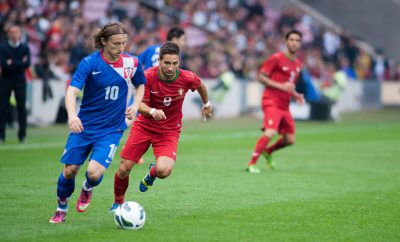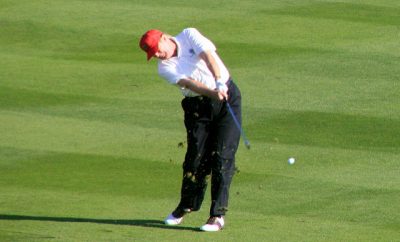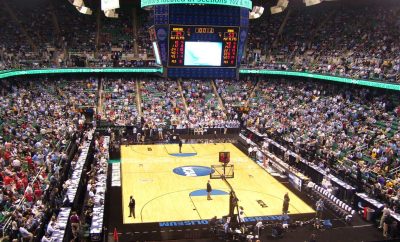
Sports
Football Local 60208? Why College Athletes May Win Their Fight to Unionize
“School’s done for me — I’m here to concentrate on football.”
Matt Leinart declared these words in August 2005 on the eve of his final season as quarterback for the University of Southern California’s football team. The quote was part of an Associated Press article on Matt Leinart’s class schedule for the upcoming fall — a schedule which consisted solely of ballroom dancing. The one-page piece, picked up by ESPN, might have unfairly portrayed student-athletes as having cupcake course loads. But it also confirmed what everyone outside of the NCAA front office already knew: NCAA football players are treated as football players first, and students second.
More than two thousand miles away in Chicago, Ill., Northwestern University football players have taken formal steps to recognize this fact by having a petition filled on their behalf with the National Labor Relations Board (NLRB). In other words, college football players are trying to unionize. If successful, the first ever college players union would be called the College Athletes Players Association (CAPA), and would focus on scholarships, transfer rules, and increasing player safety rather than require that players receive specific compensation (find out more here).
Before CAPA becomes an official union of college athletes, NCAA athletes may have to convince the NLRB they qualify as “employees” under Federal law. At first glance, precedent would appear to favor the NCAA on this issue. In 2004, the NLRB’s judiciary panel (Board) found that Brown University graduate teaching assistants were not employees, and therefore not capable of forming a protected union. Important to the Board’s decision however were the findings that:
- The role of the graduate assistant was integral to the education of the graduate student; and,
- The relationship between the graduate assistant and Brown was primarily educational.
The NCAA is likely to recycle the same argument against college athletes, but it’s not likely to go as well. Is the role of the football player integral to the education of the football player? Doubtful. When the NLRB decided this issue in the Brown case they relied largely on the fact that graduate assistants “must first be enrolled at Brown to receive a TA, RA, or proctorship.” Meanwhile, most college football players are recruited as minors and offered athletic scholarships prior to high school graduation. Those athletes most similar to the example of an RA or TA in the case of college football would be walk-ons, and well, not all athletes are Rudy Ruettigers.
Is the relationship between the football player and their college primarily educational? Please. A 2008 NCAA survey among college football players indicated they spent an average of 45 hours per week on their sport. Doesn’t seem to leave a ton of room for studying, does it? Oh and let us not forget about the bags of money that are thrown around. Although maybe colleges make hundreds of millions from Gabriel the economics TA? Who knows!
Whatever the outcome may be regarding college football players’ right to unionize and their status as employees, we may not know the answer for years. But clearly, the NCAA is going to have difficulty dancing around the issue.
—
Andrew Blancato (@BigDogBlancato) holds a J.D. from New York Law School, and is a graduate of the University of Massachusetts, Amherst. When he’s not writing, he is either clerking at a trial court in Connecticut, or obsessing over Boston sports.
Featured image courtesy of [David X. O’Neil via Flickr]








Comments